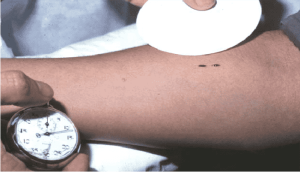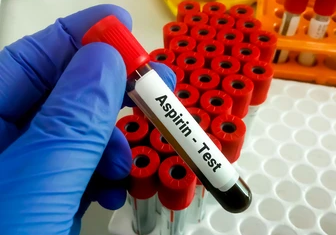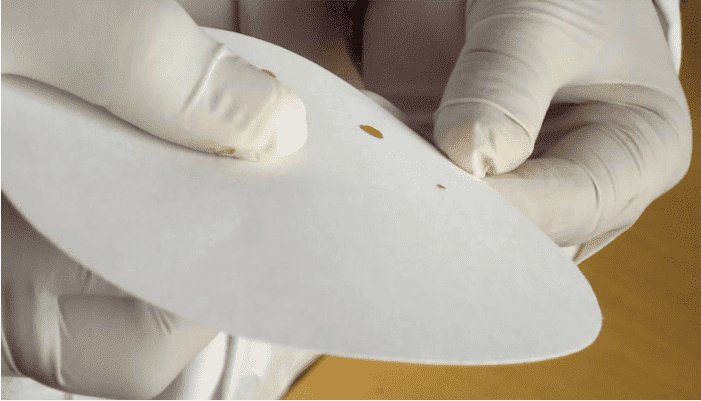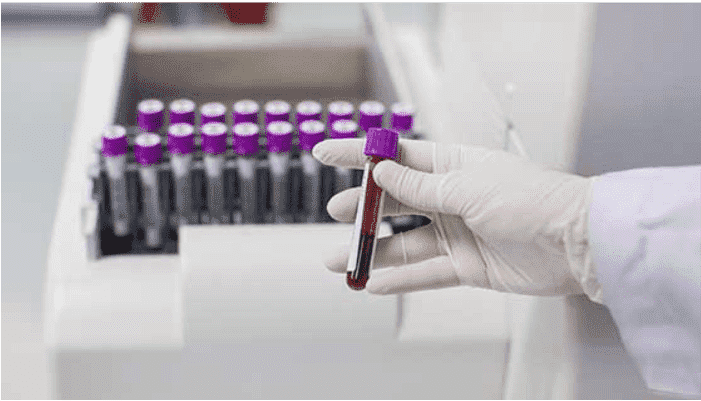Mielke Bleeding Time Test: Procedure, Indications, Reference Ranges & Interpretation
What is the Mielke Bleeding Time Test?
The Mielke Bleeding Time Test (also known as the Simplate® Bleeding Time) is an in vivo test used to evaluate platelet function and capillary integrity. It is a standardized modification of the classical Ivy method and is commonly used to investigate unexplained bleeding or bruising.
Specimen and Collection
- Specimen: Blood (performed directly on the patient)
- Container: Filter paper used to collect blood droplets
- Collection: Conducted bedside by a trained laboratory technician
Patient Preparation
As with Ivy’s method, the skin is cleaned with alcohol and allowed to dry. It is advisable to inform the patient of the slight possibility of keloid or scar formation.
Test Procedure (Methodology)
This test improves upon the Ivy method by standardizing incision length and depth, increasing sensitivity and reproducibility. The procedure includes:
- A blood pressure cuff is placed on the upper arm and inflated to 40 mm Hg
- Using a Simplate® device, a single standardized incision is made
- A stopwatch is started immediately
- Blood drops are blotted with filter paper at 30-second intervals
- Timing stops when bleeding ceases
In cases where the arm cannot be used, the medial thigh may be used as an alternative site.
Interpretive Reference Range
- Adults: 2.5–10 minutes
- Children (1–10 years): 2.5–13 minutes
- Adolescents (11–16 years): 3–8 minutes
Clinical Uses
The Mielke bleeding time test is used for:
- Evaluating platelet number and function
- Diagnosing bleeding tendencies, bruising, and spontaneous bleeding
- Identifying qualitative platelet disorders, including:
- von Willebrand disease
- Bernard-Soulier syndrome
- Glanzmann’s thrombasthenia
- Assessing bleeding risk in conditions like renal failure, macroglobulinemia, fibrinogen disorders, and myeloproliferative disease
Contraindications
- Platelet count <100,000/mm³
- Use of aspirin or medications containing acetyl groups within 10 days
- History of keloid formation
- Inability to place a BP cuff due to casts, dressings, infection, or skin rashes
Sample Rejection Criteria
- Patient requires restraint
- Cold or swollen arms
- Consent not obtained where required
Aftercare
Apply a butterfly closure to the puncture site and maintain for up to 24 hours to prevent re-bleeding. Observe for hematoma or signs of infection.
Limitations
- Bleeding time may be prolonged in patients taking aspirin or with thrombocytopenia
- Results are affected by operator technique and site conditions
- Scarring is a possible complication
- Normal results do not rule out all platelet function defects
Additional Clinical Notes
- Testing should be delayed for at least 10 days after the last aspirin intake
- Propranolol therapy does not affect bleeding time
- Newborns may show normal or even shorter bleeding times compared to adults
Turnaround Time
Same day — typically within minutes to hours.
References
- Braman AM, Schwartz KA. “Platelet Disorders,” Lab Med, 1989.
- Machin SJ, et al. “Guidelines on Platelet Function Testing,” J Clin Pathol, 1988.
- Montgomery RR, Scott JP. “Hemostasis,” in *Hematology of Infancy and Childhood*, 1993.
- Sirridge MS, Shannon R. *Laboratory Evaluation of Hemostasis and Thrombosis*, 3rd ed, 1983.
- Jacobs et al. “Laboratory Test Handbook,” Lexi-Comp Inc, 1994.



